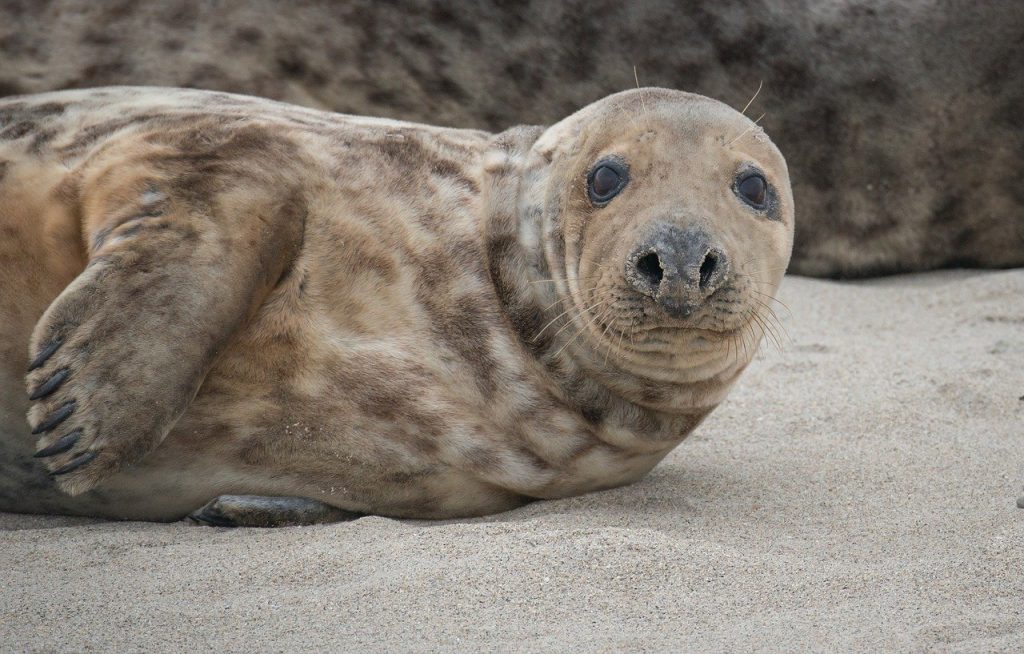Climate change threatens our oceans and many of the species that inhabit them.
Seals share the marine and terrestrial environment during their life cycle and are therefore affected by changes in both environments. In fact, neither the rarest nor the most abundant seal species are spared from the climate threat. Do you know why?
Some of the factors that seem likely to affect these species are:
- Over the last 50 years, changes in weather patterns have led to an increase in extreme events such as heat waves, storms or increased rainfall intensity. These events may have consequences for these species that live between the sea and the land. While the increase in temperature may be an advantage for more northern species, extreme weather events in colder areas may affect the thermoregulatory response to combat heat loss, or may lead to overheating of pups in warmer areas.
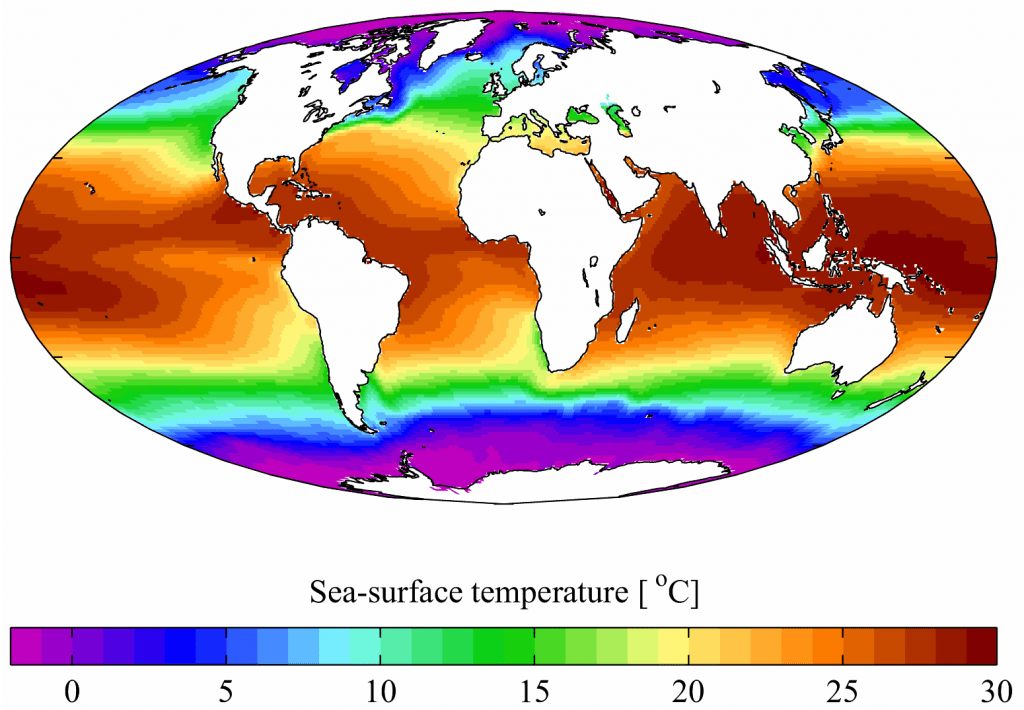
- Climate change may lead to the disappearance of many of the resting areas, either by flooding or by melting of glaciers or frost zones that they use for resting, mating or breeding and which may also favour competition between seal species using similar resources.
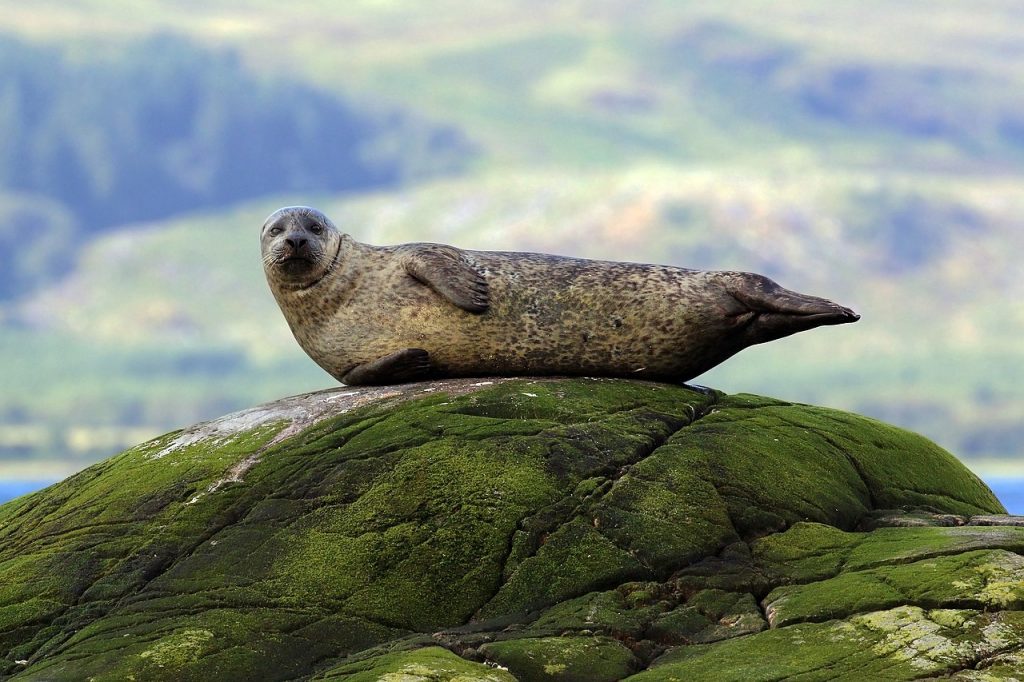
- It can also lead to large-scale changes in prey availability and increased interspecific competition with other species, reducing survival or reproductive capacity. In the absence of prey, mothers may not produce enough milk, which hinders the successful survival of the offspring. In fact, most offspring tend to die from nutritional deficiencies.
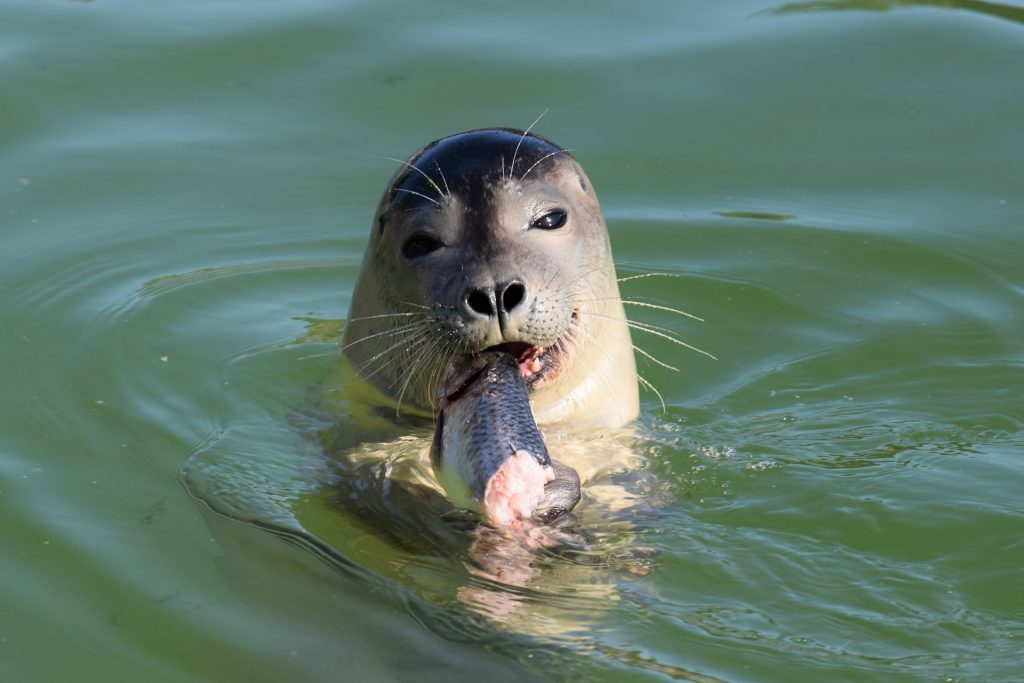
- Rising sea temperatures or increased runoff may favour the biotransformation of pollutants, making them much more accessible and entering the food web.
- Climate change favours shifts in the range of pathogen species; which can alter host-parasite dynamics, life cycle changes, increased virulence and unpredictable disease patterns. In addition, climate-mediated physiological stress coupled with increased exposure to environmental contaminants compromises host immune function and thus increases the occurrence of opportunistic diseases.
- As sea ice decreases, new shipping routes are established, or accessibility to remote areas increases, leading to increased vessel and human traffic. This will lead to increased noise, chemical or biological pollution.

These species also face multiple anthropogenic stressors that may negatively affect some seal populations and species. Efforts need to be coordinated with a spatially explicit management approach that includes population-specific responses to known stressors.
Although most of the seals species in Eurooe are distributed in northern latitudes, on the Iberian coasts three species can be observed and some others appear very sporadically. The common seal and the grey seal are the most frequent, usually stray individuals that appear during the winter months.
However, It is also possible that the extinct monk seal, living in Greece and Turkey but which has disappeared from the western Mediterranean coast, may soon be reintroduced to Fuerteventura island (Canary Island), serving as a link to connect the Mauritanian and Madeiran populations. An opportunity for the conservation of this meridional endangered species.
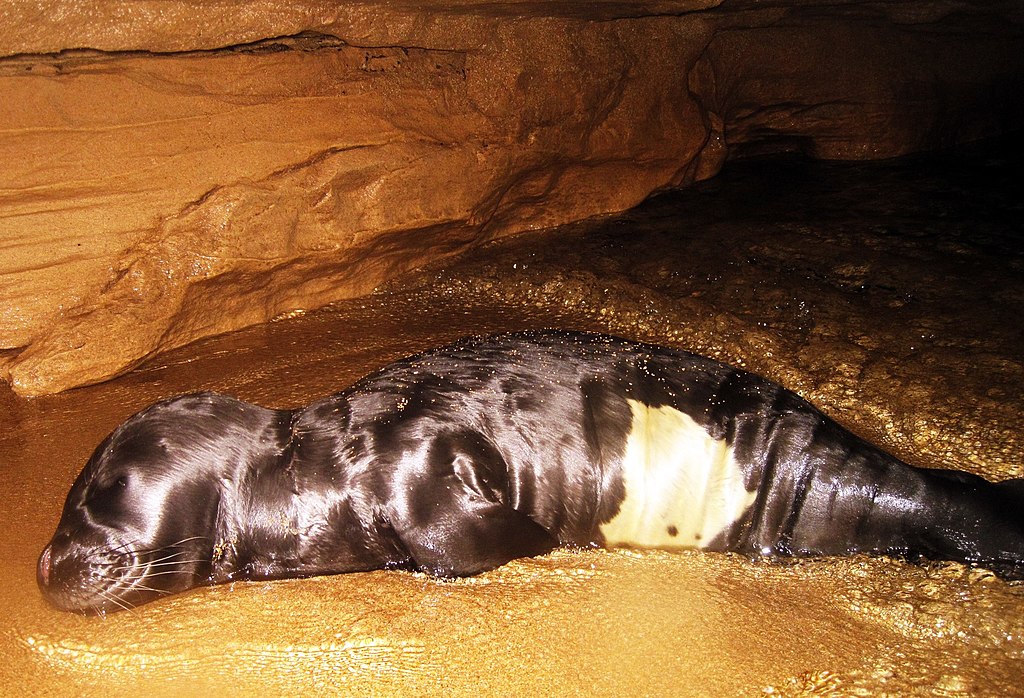
Additional info:

